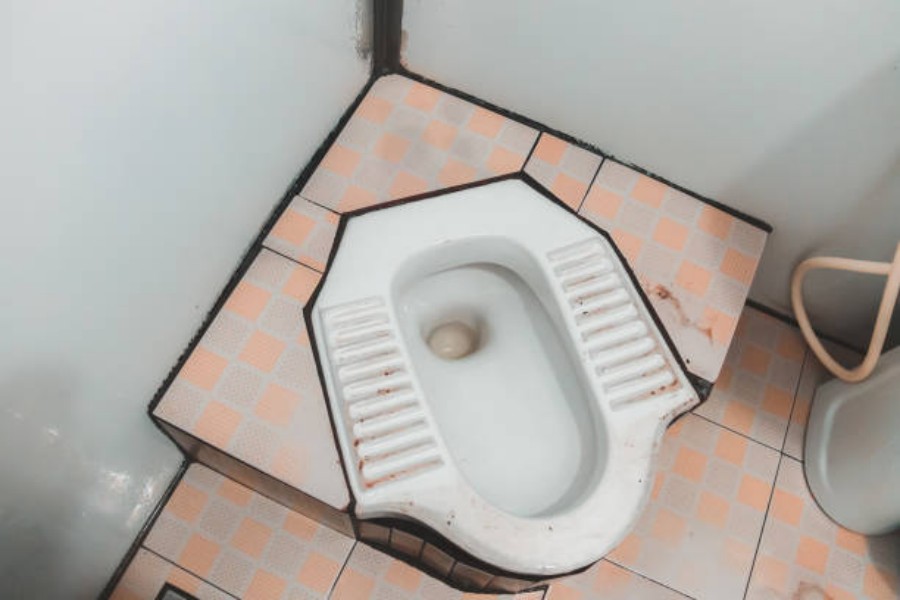The Importance of Choosing the Right Squat Toilet Seat
Squat toilets have been used in various countries for centuries, but it is only recently that they have become more popular in the Western world. However, with their growing popularity, many people are still unaware of the benefits and drawbacks of using a squat toilet seat. In this article, we explore ten different aspects of squat toilet seats from hygiene and health benefits to ease of installation and cleaning.
1. Better for Your Health
The traditional way of squatting involves squatting down by crouching. It promotes easy digestion, reduces constipation problems, and can also relieve hemorrhoids. Squatting allows the colon to open completely and avoid pressure to the lower part of the colon and rectum.
2. Improved Hygiene
The squatting position naturally places your body in an optimal posture, allowing for more efficient and complete excretion. This minimizes the need for toilet paper and improves general hygiene. Because of the difference in bodily position, you can easier wipe the area, leading to less chance of related infections.
3. Low Introduction Cost
Squat toilet seats are relatively cheaper than the traditional western toilet seats. The equipment is simpler and has fewer components, reducing installation costs.
4. Space Considerations
Due to their design, squat toilet seats take up significantly less space than western-style toilets. This is ideal for homes with smaller bathrooms where there is limited room for bulky equipment.
5. No Plumbing Issues
Squat toilet seats require less plumbing compared to western-style toilets. As squat toilets have less complicated installations, you save money in maintaining the sewage system.
6. Timeless Design
Versions of squatting toilets have been in use around the globe for hundreds of years. As a result, squat toilet seats do not age with time and can complement any bathroom décor.
7. Challenging Use for Beginners
Using a squat toilet seat requires a certain level of core strength and flexibility. It can be challenging for people with knee, ankle, joint, and hip problems. Beginners can find it difficult to squat properly and avoid losing balance. You have to learn the correct posture and how to balance properly.
8. Limited Disability Access
Those with disabilities sometimes cannot squat effectively. Squat toilet seats can cause difficulty for aging individuals, obese people, and people with arthritis or similar joint issues. It can be viewed as a form of physical pain.
9. Cleaning Difficulties
Squat toilets require thorough cleaning to avoid potential hygiene issues from arising in any crevices and gaps. This can be challenging because of the way the squat toilet seats’ bowl is arranged.
10. Perception and Public Opinion
Perception is everything in our time and age; many people have a negative concept on departing from western-style toilets because of their familiarity and a lack of knowledge on squat toilets.

